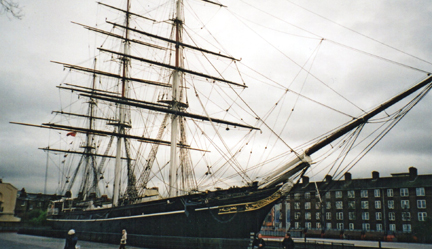
The Cutty Sark
Most people have heard of Greenwich, if not the naval aspect, for the sailing ship the Cutty Sark, but they may have heard of Greenwich Mean Time, which has been used for centuries to align world times.
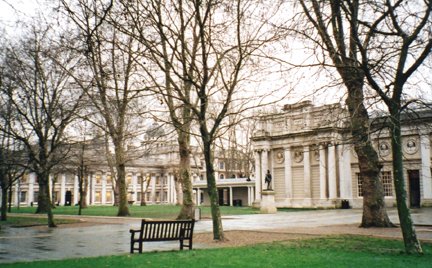
Part of the buildings that house the National Maritime Museum
Greenwich is a vibrant area with markets and shops and it sits on the river Thames. Greenwich Maritime museum holds a testament to our long naval history. The Royal Observatory and the Lovely Queen’s House, also just re-opened after a long refurbishment. This small building has one of the loveliest staircases and I shall be shortly making a visit.
The Queen’s House is also part of the attraction at Greenwich. The famous architect Inigo Jones was commissioned to design the building in 1616 by King James I’s wife, Anne of Denmark – supposedly a gift from the king to apologise for swearing in front of her after she had accidentally killed one of his favourite dogs during a hunt. I wish someone had gifted me a house after swearing, but I don’t swear at people, ever! It’s a building worth seeing only because of its famous architect.
Anne of Denmark never lived to see Inigo Jones’s progressive Classical design realised, dying in 1619 with only the first floor completed. It was not until 1629, when James’s son Charles I gave Greenwich to his wife Henrietta Maria, that work on it resumed. The Queen’s House was completed around 1636 and is considered remarkable for its break with the traditional, red-brick Tudor style of building, and for its elegant proportions and the high quality of its interiors. It was the first fully Classical building in England.
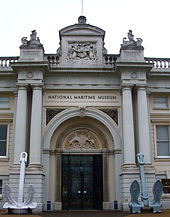
National Maritime Museum entrance
So the whole area is bursting with history but first the magnificent sailing ship, the Cutty Sark, a British clipper ship. Built on the River Clyde in 1869 for the Jock Willis Shipping Line, she was one of the last tea clippers to be built and one of the fastest, coming at the end of a long period of design development, which halted as sailing ships gave way to steam propulsion.
The Cutty Sark recently underwent restoration and visitors won’t see the lovely picture as below, taken as a snap a couple of years ago, as it now looks like it’s wearing a skirt. In 1954 the Cutty Sark was transferred to permanent dry dock at Greenwich. But refurbishment is necessary and care has been taken so that visitors get the whole experience and it was re-opened to the public in 2012.
It’s worth seeing this magnificent ship that had such a long and varied history. Cutty Sark is listed by National Historic Ships as part of the National Historic Fleet, the nautical equivalent of a Grade 1 Listed Building.
She is one of only three remaining original composite construction (wooden hull on an iron frame) clipper ships from the nineteenth century, in part or whole, the others being the City of Adelaide, which arrived in Port Adelaide, South Australia in 2014 for preservation, and the beached skeleton of Ambassador of 1869 near Punta Arenas, Chile.
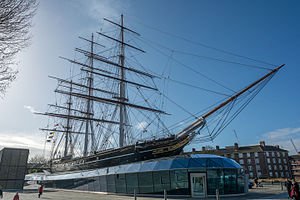
The Cutty Sark as it is today
The Maritime museum is a magnificent building and attracts many visitors. As an island nation, Great Britain has always been involved with sea and sailing. The National Maritime Museum (NMM) in Greenwich, is the leading maritime museum of the United Kingdom and may be the largest museum of its kind in the world. The historic buildings form part of the Maritime Greenwich World Heritage Site.King George VI formally opened the Museum on 27 April 1937 when his daughter Princess Elizabeth, later Queen Elizabeth II (our still reigning monarch) accompanied him for the journey along the Thames from London.
In 1953, the Old Royal Observatory became part of the Museum and is situated on a hill in Greenwich Park, overlooking the River Thames. It played a major role in the history of astronomy and navigation, and is best known as the location of the prime meridian, and thereby gave its name to Greenwich Mean Time. The ROG (Royal Observatory Greenwich) has the IAU (International Astronomical Union) observatory code of 000, the first in the list. ROG, the National Maritime Museum, the Queen's House and Cutty Sark are collectively designated Royal Museums Greenwich.
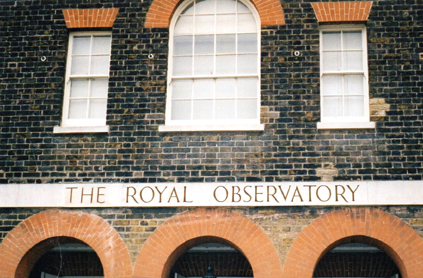
The Royal Observatory
It was Wren who suggested using the ruined Greenwich Castle as the site for the new observatory. This location had the advantages of having solid foundations in place from the old castle, as well as being located on high ground in a royal park. Wren also oversaw the design of the building.
Flamsteed House was the first part of the Observatory to be built. It was intended as a home for the Astronomer Royal and for entertaining guests. The project was notable for the speed in which it happened, and for the small budget with which it was achieved. At 3.14pm on 10 August 1675, the first Astronomer Royal John Flamsteed laid the foundation stone of the new Royal Observatory and he moved in less than a year later on 10 July 1676 with his two servants to begin his observations in earnest. A total of £520.45 was spent on construction, with costs being kept down by using recycled materials. It’s fun to see the actual place where the Greenwich Meantime was established as you can stand astride it and take photographs, which every visitor does, as it seems like you are part of history just at that moment. I like to think that I am part of a special time.
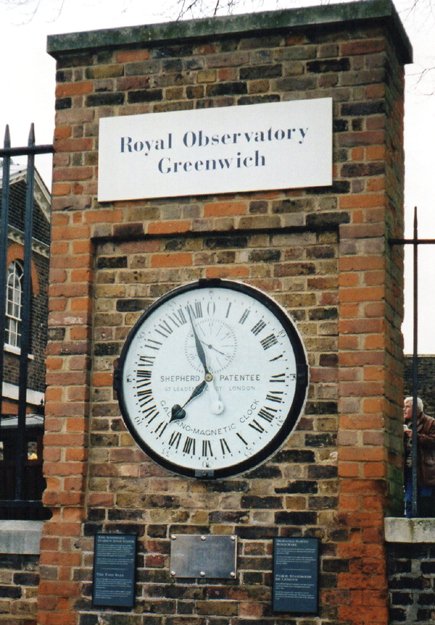
The clock
John Flamsteed held the post of Astronomer Royal for 42 years. In the nearly 300 years it functioned as a working observatory, there were only nine other Astronomers Royal at Greenwich. Between them, the first two Astronomers Royal – John Flamsteed and Edmond Halley – plotted all the stars visible in the northern and southern hemispheres. At the same time, because astronomy and time are inextricably linked, the Royal Observatory was key in helping to develop accurate clocks.
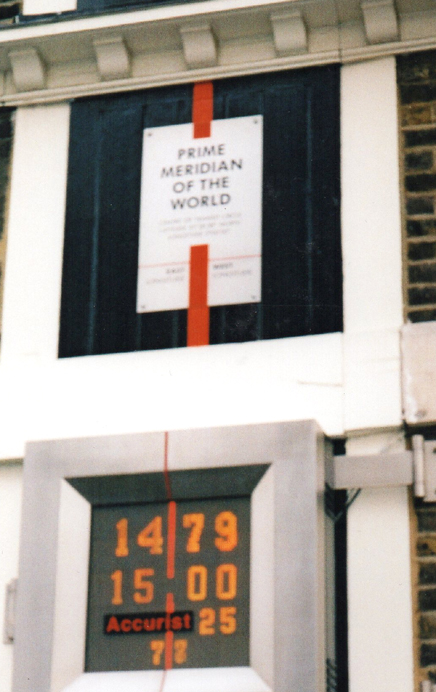
Real time
The Greenwich Meridian was chosen to be the Prime Meridian of the World in 1884. Forty-one delegates from 25 nations met in Washington DC for the International Meridian Conference. By the end of the conference, Greenwich had won the prize of Longitude 0º. On a more personal note 1884 was the year my maternal grandmother was born. Now that is a real measure of time.
Congratulations @jvalentine! You have completed some achievement on Steemit and have been rewarded with new badge(s) :
Click on any badge to view your own Board of Honor on SteemitBoard.
For more information about SteemitBoard, click here
If you no longer want to receive notifications, reply to this comment with the word
STOPDownvoting a post can decrease pending rewards and make it less visible. Common reasons:
Submit
520.45 pounds with inflation sounds like a lot to me. Given the long time period. But I think the pounds may have been worth less back then against other world currencies. So it makes sense. Resteeming this.
Downvoting a post can decrease pending rewards and make it less visible. Common reasons:
Submit
The pounds was very much less back then! Thanks for re-steeming.
Downvoting a post can decrease pending rewards and make it less visible. Common reasons:
Submit
Yeah I agree. You're welcome. 😀 😃 😄 😁 😆
Downvoting a post can decrease pending rewards and make it less visible. Common reasons:
Submit